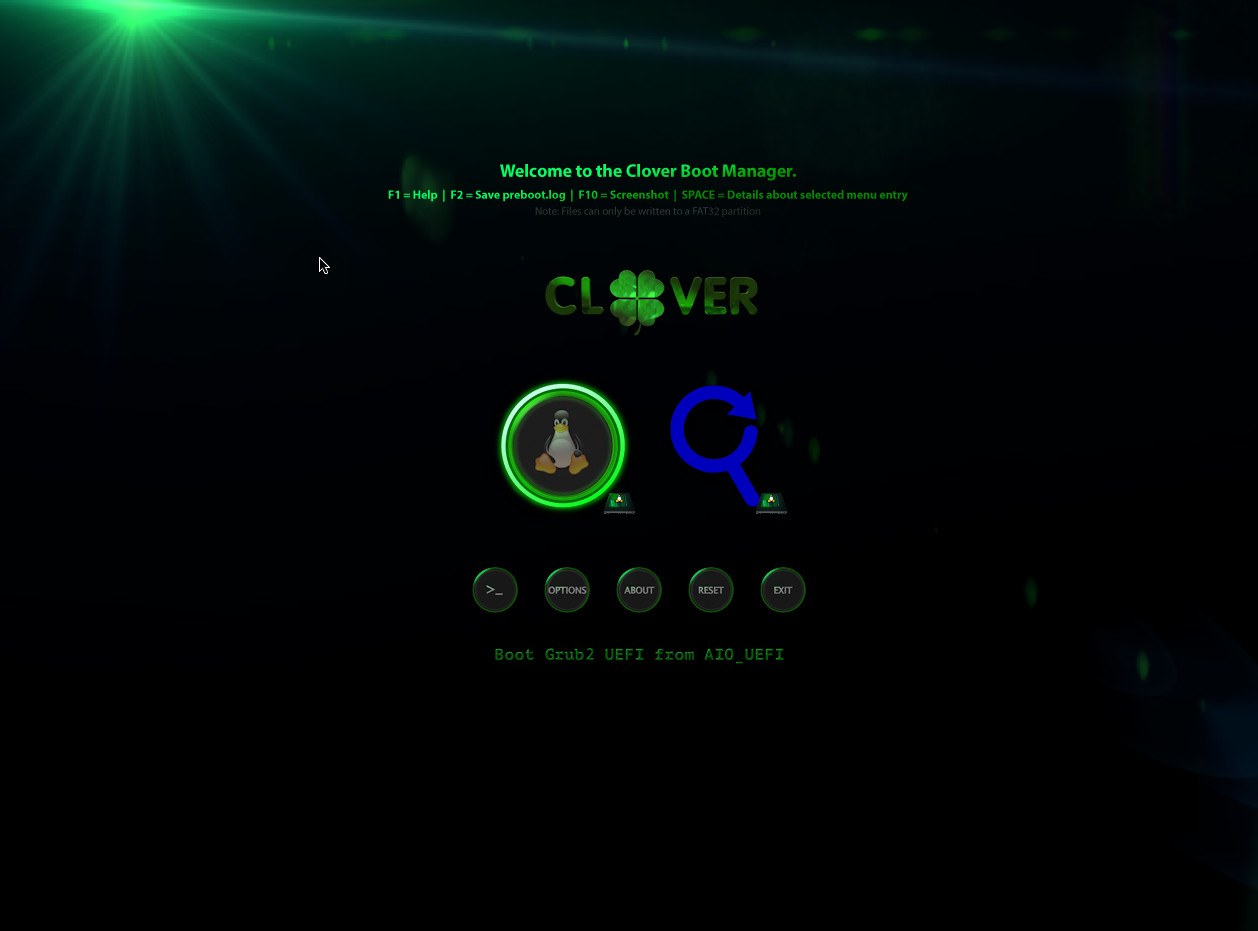

Together with the optional disk signature (four bytes) and disk timestamp (six bytes), this leaves between 434 and 446 bytes available for the machine code of a boot loader. The legacy MBR partition table supports a maximum of four partitions and occupies 64 bytes. As of October 2013, such hard disks are still accessed in 512-byte sectors, by utilizing the 512e emulation. For a long time, the size of a sector has been 512 bytes, but since 2009 there are hard disks available with a sector size of 4096 bytes, called Advanced Format disks. The MBR is the first sector of the hard disk, with zero as its offset (sectors counting starts at zero). When a computer is turned on, BIOS finds the configured primary bootable device (usually the computer's hard disk) and loads and executes the initial bootstrap program from the master boot record (MBR). GRUB2 on a GPT-partitioned hard drive, booting on BIOS firmware, or UEFI compatibility mode (CSM) Booting The GNU operating system uses GNU GRUB as its boot loader, as do most Linux distributions and the Solaris operating system on x86 systems, starting with the Solaris 10 1/06 release. It is predominantly used for Unix-like systems. GNU GRUB was developed from a package called the Grand Unified Bootloader (a play on Grand Unified Theory ). 4 thoughts on “Change Grub2 background image, language and font size”. After changing the background image, language and font for Grub2, these values are saved. Instead, you can change the background, language, and font size of Grub2. AIO Boot uses the Grub2 default theme for the fastest boot speed. NEW VERSION: The UEFI_GRUB2_PTN2_Beta9.zip download is available in the 'Alternate Downloads' area. The UEFI GRUB2 Menu System For UEFI-booting direct and other payload files using grub2. These are just a few things I do after installing Fedora. Open the Gnome Tweak Tool and you will see the themes that you just downloaded. Now copy the extracted folders to appropriate directories: themes go in.themes directory and icons go in.icons directory. If you don’t see.icons and.themes folder, create them. GRUB is the reference implementation of the Free Software Foundation's Multiboot Specification, which provides a user the choice to boot one of multiple operating systems installed on a computer or select a specific kernel configuration available on a particular operating system's partitions. GNU GRUB (short for GNU GRand Unified Bootloader, commonly referred to as GRUB) is a boot loader package from the GNU Project. IA-32, x86-64, IA-64, ARM, PowerPC, MIPS and SPARC Linux, macOS, BSD, Solaris (x86 port), and Windows (through chainloading)


 0 kommentar(er)
0 kommentar(er)
